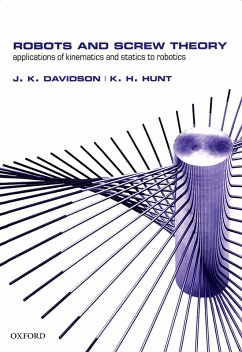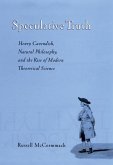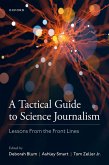Robots and Screw Theory describes the mathematical foundations, especially geometric, underlying the motions and force-transfers in robots. The principles developed in the book are used in the control of robots and in the design of their major moving parts. The illustrative examples and the exercises in the book are taken principally from robotic machinery used for manufacturing and construction, but the principles apply equally well to miniature robotic devices and to those used in other industries. The comprehensive coverage of the screw and its geometry lead to reciprocal screw systems for statics and instantaneous kinematics. These screw systems are brought together in a unique way to show many cross-relationships between the force-systems that support a body equivalently to a kinematic serial connection of joints and links. No prior knowledge of screw theory is assumed. The reader is introduced to the screw with a simple planar example yet most of the book applies to robots that move three-dimensionally. Consequently, the book is suitable both as a text at the graduate-course level and as a reference book for the professional. Worked examples on every major topic and over 300 exercises clarify and reinforce the principles covered in the text. A chapter-length list of references gives the reader source-material and opportunities to pursue more fully topics contained in the text.
Dieser Download kann aus rechtlichen Gründen nur mit Rechnungsadresse in A, B, BG, CY, CZ, D, DK, EW, E, FIN, F, GR, HR, H, IRL, I, LT, L, LR, M, NL, PL, P, R, S, SLO, SK ausgeliefert werden.









